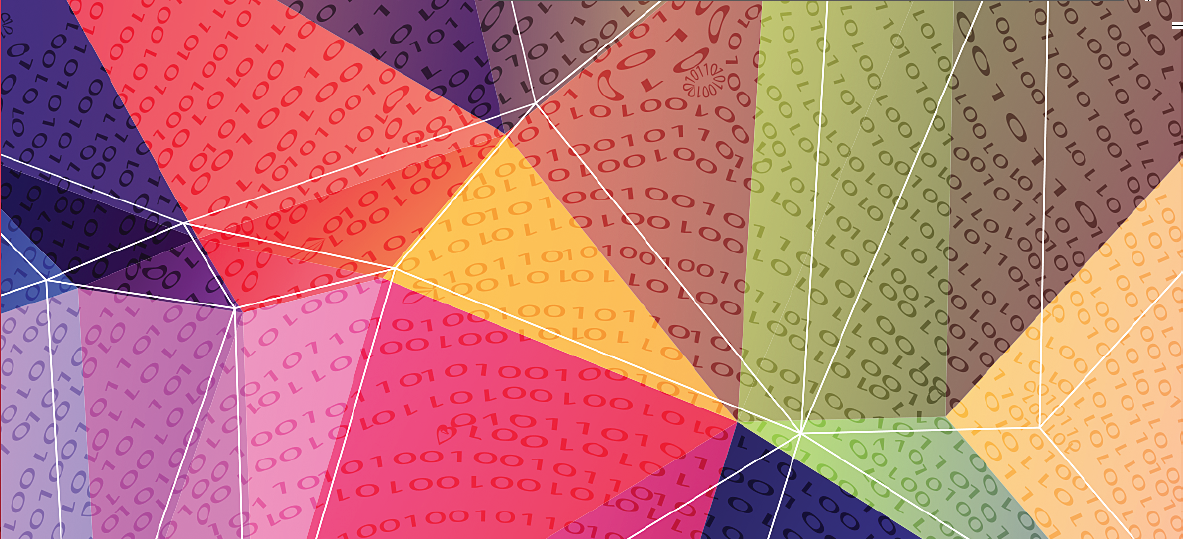Divide into small (3 or 4 max) groups
Draw circles on the ground with chalk or, in a classroom, print and laminate some yellow circles –two or three for each group.
Talk about emoticons – what they are and why we use them.
Identify the variables in a simple emoticon – and what doesn’t change?
mouth: upturned, downturned, straight, circular, zig-zagged
eyes: solid dots, straight lines
eyebrows: straight, slanting down – bottoms close together, slanting up – tops close together
Explain that different combinations of variables can totally alter the meaning of the message. Get children to systematically explore different combinations and write down what emotion they feel is expressed each time. ( E.g eyebrows slanting up, eyes as dots, mouth round = surprise) This works well on a playground because they can keep on chalking more and more faces.
You can adapt this for quite young children by proving cards with the names of emotions on and asking them to match the cards with the faces.
Emphasise that the investigation should be systematic (e.g changing one variable at a time). Let them choose a way of recording their results. This could be on a paper grid but if you are outside, it’s more fun to take a picture of the faces on a mobile device so that they can compare it with the conclusions of another group.
